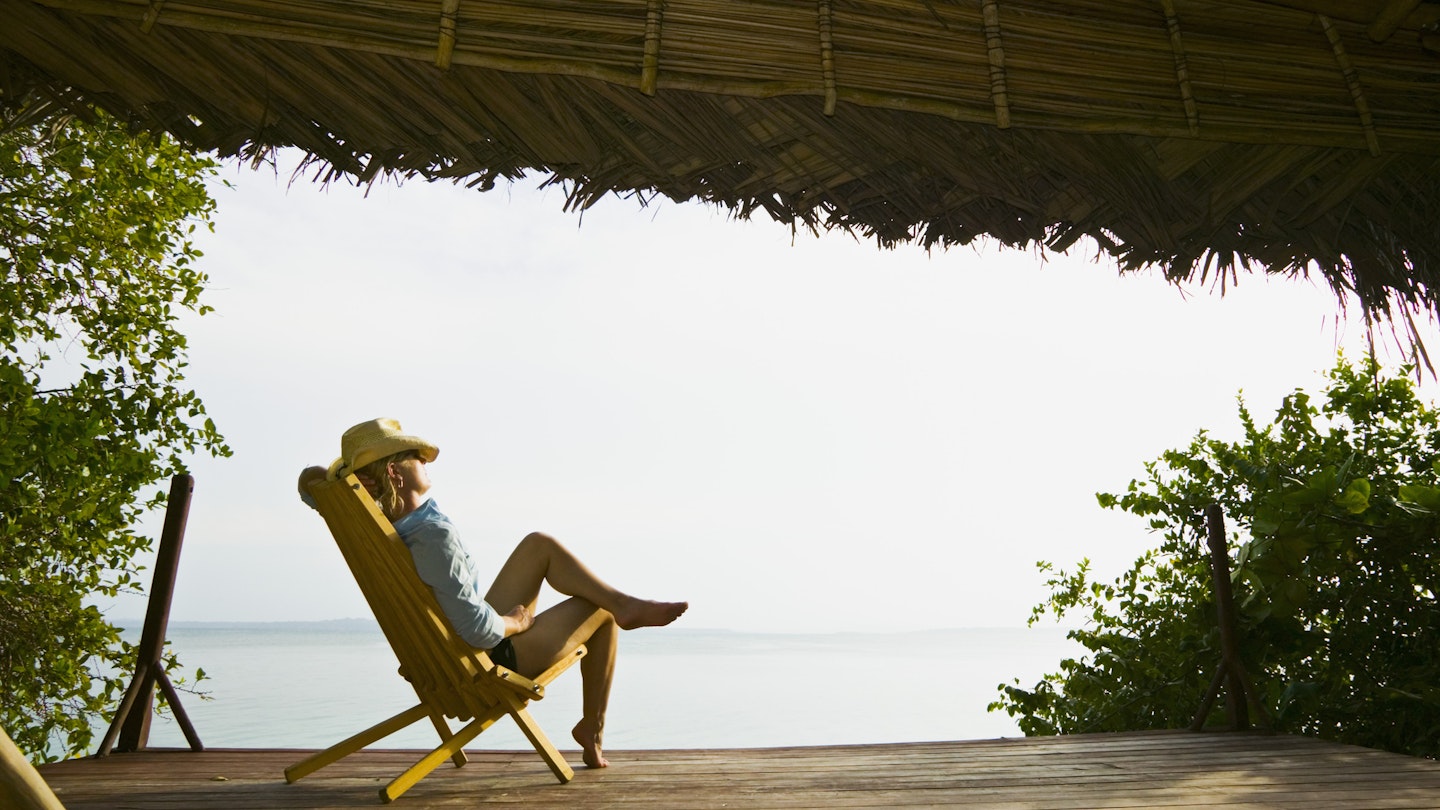Panama is the perfect vacation destination for adventure lovers, culture and history buffs, and, naturally, beach bums – its biodiversity, rich coastlines and unfathomable islands have to be seen to be believed.
The great news is that citizens from over 100 countries can enter Panama and enjoy its treasures without a visa. Here’s everything you need to know about the entry requirements for Panama.
Not everyone needs a visa to visit Panama
As part of the visa waiver program, Panamanian visas are not required for visitors who hold a valid passport from the US, Canada, Australia, Singapore, South Korea, Japan, and most European countries.
Citizens from visa-waiver nations can stay in Panama for a maximum of 90 days. This was reduced from six consecutive months after a policy amendment in October 2021 (only citizens of Canada and the United States are exempt from this and can still stay as tourists for 180 days).
The duration you are given will be at the discretion of your customs agent, but you can usually stay for up to 30 days.
To qualify for this tourist stamp upon entry, you must have a passport that’s valid for at least six months (with several blank, unused pages) and proof of economic solvency of no less than US$500. This can be cash, traveler's cheques, recent bank or major credit card statements and evidence of an exit flight.
Panama is notoriously strict about travelers having proof of onward travel – you might not be allowed to board a flight to Panama without this. You will also need to make sure you adhere to any sanitary measures in place by the Ministry of Health of Panama (MINSA) at the time of travel.

What if I do need a visa to visit Panama?
There are two Panama visa types for tourists who require one: stamped visas and authorized visas.
Citizens of Cameroon, China, the Republic of Congo, the Dominican Republic, Ghana, India, Malawi, and Zimbabwe are among those required to have a stamped visa. This can be obtained by applying at your closest Panamanian consulate or embassy, and travelers will normally be able to stay for 30 days at a time.
A more restrictive permit and an authorized visa are needed for citizens of many Middle Eastern countries and some African and Asian countries. This includes travelers from Afghanistan, Bangladesh, Benin, Egypt, Haiti, Indonesia, Lebanon, Nigeria, Suriname, Syria and Tunisia.
Applicants for authorized visas will need a letter from a local Panamanian sponsor who can provide a recent utility bill, a bank statement, a completed Panama visa application form, a valid passport and two passport photographs.
Fees and requirements vary according to the embassy you visit, and it’s a longer process than obtaining a stamped visa as approval is needed from the Panamanian National Directory for Migration (NDM).
Early applications (at least 90 days before intended travel) are encouraged and you shouldn't finalize travel bookings until the visa is authorized.

You may need a visa if you're transiting through Panama
Citizens of visa-waiver nations don't need a visa to transit through Panama if they won't be leaving the airport. Cruise tourists passing through the Panama Canal don’t need visas either.
Changes to Panama's transit policy came into effect in June 2023 and citizens from countries including Afghanistan, Cabo Verde, Ghana and Sri Lanka now require a visa to transit through the country. Check the full list of countries affected on the Panama Embassy website before booking your travel.
It's possible to extend a tourist visa in Panama
If you have been given a tourist stamp or visa valid for less than 90 days, you can apply for an extension while in the country called prórroga de turista. Before your term expires, you must visit the immigration office in Tumba Muerto, Panama City.
Be sure to wear long-sleeved clothes (and long pants for men) when you go as you will be turned away if your clothing is deemed unsuitable. Visa extension applications aren’t straightforward and it is not always clear which nationals are eligible.
Panama has a new digital nomad visa
To help stimulate the economy after a sharp tourism decline during the pandemic, Panama introduced the Short Stay as a Remote Worker Visa program (Visa de Corta Estancia Como Trabajador Remoto) for location-independent workers with proven income from outside Panama. This is one of the newest Panama visa types introduced by executive decree in May 2021.
If you’re employed, self-employed or own a foreign company and earn at least US$36,000 a year, you can apply to stay for up to nine months with the possibility of a one-time extension for an additional nine months (up to 18 months in total).
Other requirements include medical insurance covering your full stay in Panama and an affidavit of non-acceptance of any employment in the Panamanian territory. A fee of US$250 will be required for the National Immigration Service.
International immigration attorneys Fragomen state that applicants will need to apply for the remote worker visa while in Panama after entering on a regular tourist visa. For further assistance, consult with a Panamanian law firm.
Does Panama have any vaccine entry requirements?
If you’re traveling to Panama from Brazil, you must be vaccinated against yellow fever and show proof during check-in. The only exemption to this requirement is if you hold a certificate of contraindication on medical grounds.












